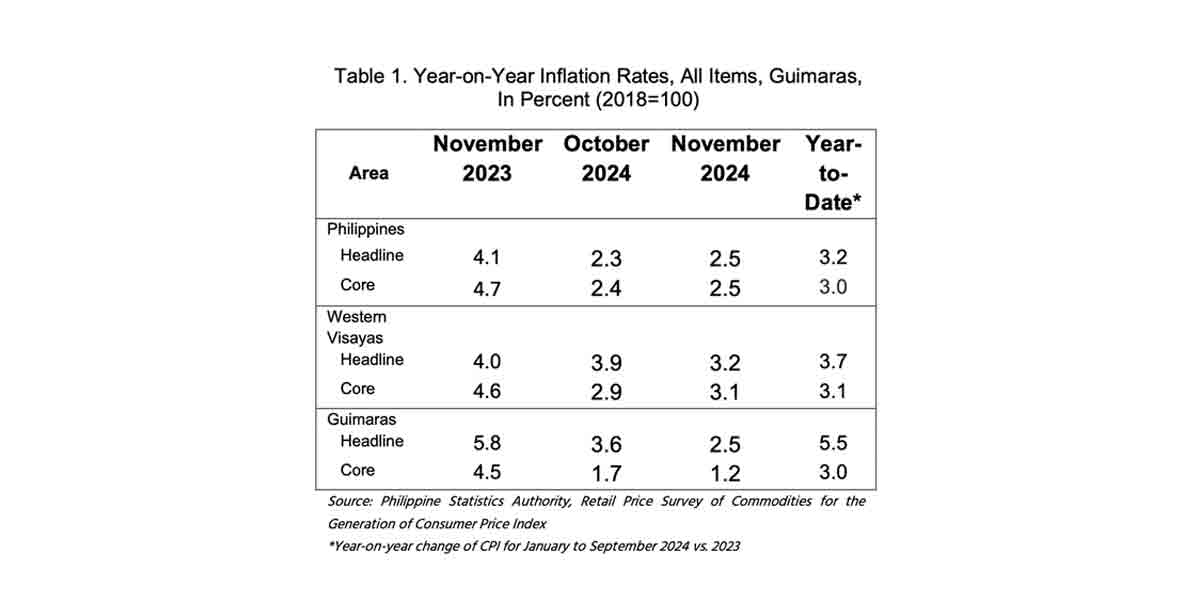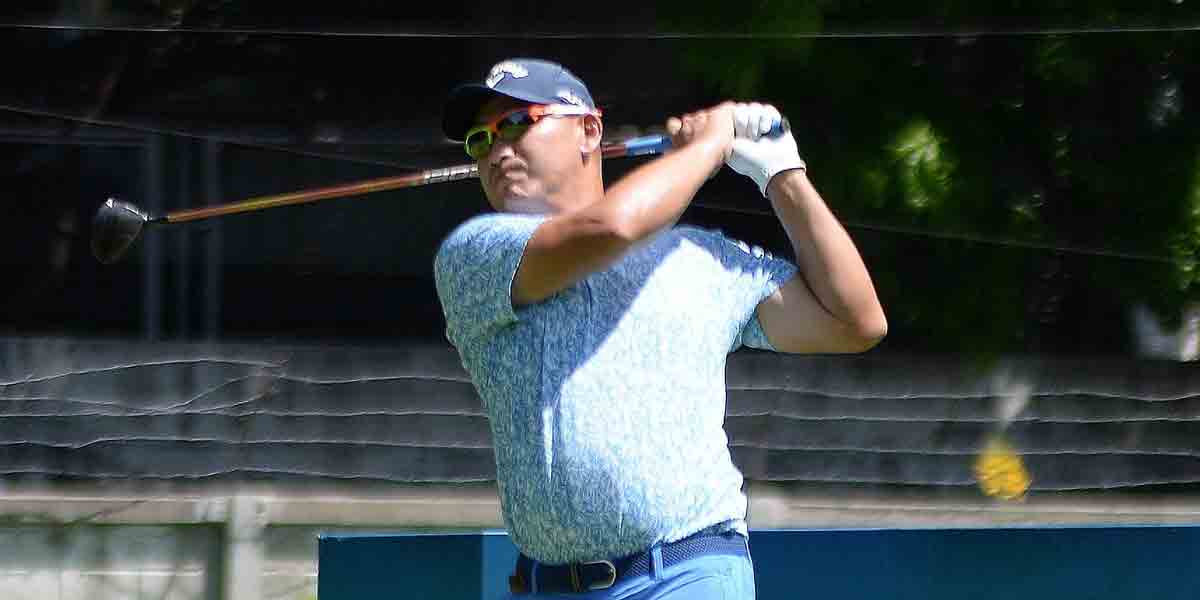
There are several measures fasting individuals can take to make physical activity a more comfortable experience during Ramadan, and a few warning signs to heed, says an expert from global health system Cleveland Clinic, who works with young athletes regularly.
“We don’t always have control over when or how we exercise, particularly in the case of competitive athletes, full-time employees and school children, but we can focus on making the right food and drink choices in non-fasting hours, taking breaks, staying cool and knowing when to stop,” says Jennifer Dix, ATC LMT MSc, an athletic trainer at Cleveland Clinic Sports Medicine, who works with many young athletes as part of the health system’s outreach program.
For those individuals who can choose when to exercise, Dix says there are no hard and fast rules. “It’s a matter of finding out what works best for you. In general, it is a good idea to exercise before sunrise or close to sunset so that there is time to refuel and rehydrate afterwards. However, exercising late at night might impact on an individual’s sleep cycle, and not everyone can wake up very early.”
Here, Dix shares five guidelines that can help everyone who is keeping up their fitness routine this month.
- Focus on quality, not quantity
Dix says, “Be kind to yourself and remember that the body takes time to adjust to new eating and sleeping patterns. I always tell athletes to focus on quality rather than quantity. Take plenty of breaks when needed, and don’t push yourself too hard.” She adds, “Ensure that you get adequate rest at night, and if needed, take a nap after a strenuous exercise session.”
- Eat a balanced diet
“It is very important not to skip suhoor, and to ensure you eat balanced meals. Both suhoor and iftar should include complex carbohydrates, lean proteins, and healthy fats,” says Dix. “You could also consider taking a good multivitamin to ensure you are getting all your nutrients. Potassium, calcium, sodium, and magnesium can help to prevent muscle cramps, while B vitamins are energy boosters.”
Dix emphasizes that it is important to focus on rehydrating foods at meal times. “Avoid salty foods and include those with a high water content, for example fruit such as watermelons, apples, pears, and vegetables such as cucumbers,” she says.
For athletes who need to consume large amounts of protein and calories, Dix suggests adding energy bars or protein supplements, but not to have these as meal replacements. She points out that it is important to read the labels carefully and avoid highly processed products that contain artificial additives, excessive sugars and refined carbohydrates.
- Rehydrate sufficiently
Dix says individuals should drink more liquid than usual to prevent dehydration during the day, suggesting consuming up to a liter of liquid in the mornings with suhoor. In addition to water, drinks containing electrolytes can help to address imbalances caused by exertion, and milk and fruit juices are acceptable choices too. Caffeinated beverages, including teas, coffees and sodas, however, are diuretic and should be avoided as far as possible.
“For people who are playing sports or working out heavily, the guideline is to replace 100% of sweat lost during exercise with liquid. During warmer weather or more strenuous workouts, it’s a good idea to weigh yourself daily to get an idea of how much sweat you lose during practice so as to determine how much fluid you need to replace this. The guideline is to drink around one liter of water for each kilogram lost,” she says.
- Keep cool and rest up
Strategies for keeping cool while exercising outdoors, especially in humid conditions, include taking frequent breaks in the shade or indoors, says Dix. “During breaks, you can pour cold water over yourself, or hold ice towels or an icebag against your neck, stomach and upper legs.”
After training, take a cool shower or bath as soon as possible, says Dix. “It’s also a good idea to pack extra clothes so that you can change directly after exercising, rather than staying in gym clothes that cling to you and retain the sweat.”
- Know the warning signs
“The risks of exercising too intensely during Ramadan include heat cramps, where the muscles can feel tight and painful, as well as heat exhaustion and heat stroke,” says Dix. “Ensure that people such as your coach or trainer know that you are fasting, and don’t dismiss any symptoms. If at any time you are cramping up, feel overheated, lightheaded, weak or nauseous, or have hot, dry skin, you need to stop your activity immediately, and seek help if needed.”
Dix points out that it is particularly important to keep a close eye on young children who are exercising and might not be as self-aware as older children or adults.

























